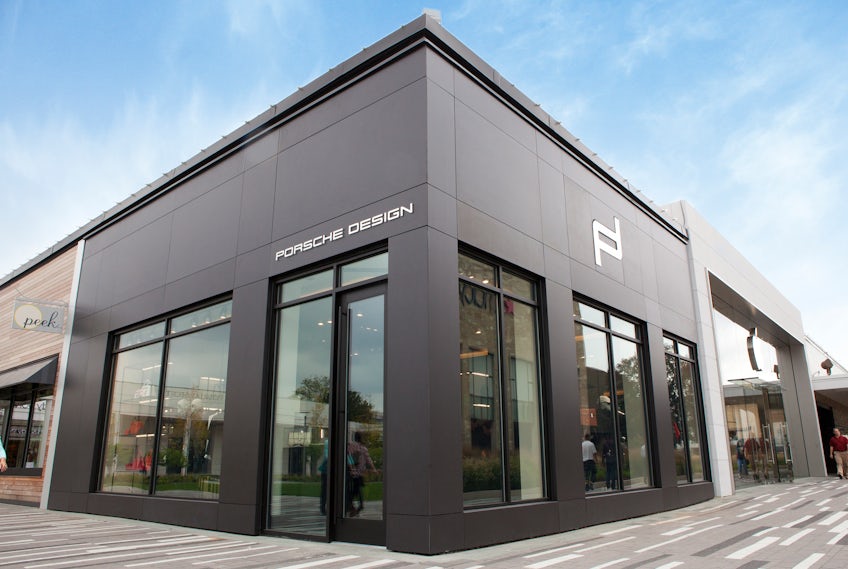‘Building Tomorrow’ presents the contemporary trends in building design and the global forces driving them forward, using Architizer’s annual A+Awards submissions as the benchmark. The data is creatively visualized to provide valuable insights for designers, retailers, and any industry working to create experiential designs. Download the full report for free at www.psfk.com/report/building-tomorrow.
While cities and their citizens are dynamic and ever changing, architecture is often viewed as static and sedate. However, new analysis of thousands of architectural projects entered for last year’s A+Awards has revealed that architects are starting to see things differently: in an effort to breathe more life into the built-environment, designers are experimenting with bright colors, interactive elements, and the whimsical use of texture, light, and geometry to actively engage visitors and residents alike.
Joseph Karadin, Director of Physical Design at ESI Design, emphasized architects’ emerging appreciations of these playful elements when designing buildings: “It is especially important to use play as the catalyst of conversation between people in an effort to create human connections in the designed environment.” Highlighted in the study, notable examples of architects injecting this sense of fun into their designs range from small, temporary installations to entire complexes of multiple public and private buildings.

© John Horner
Swing Time by Höweler + Yoon Architecture, Boston, United States
In Boston, Swing Time by Höweler + Yoon Architecture encouraged play via interaction, giving people the ability to transform the whole atmosphere of an urban park as their ring-shaped seats changed color with every swing. As the report describes, “the interactive component is a playful way to invite the citizens of Boston to come together in a communal space.”

Shipyard Cranes Lighting Giants by Skira, Pula, Croatia
Meanwhile, Croatian designer Skira utilized light on a much larger scale to add a dash of playful theater to an ostensibly utilitarian industrial site: the soaring Shipyard Cranes of Pula, Croatia, were illuminated in rainbow colors, creating a new tourist attraction for the local region. As the study outlines, “The ‘Lighting Giants’ project managed to emphasize this distinctive symbol of the city and celebrate its industrial heritage in a playful manner.”

© John Gollings Photography
Dallas Brooks Community Primary School by McBride Charles Ryan, Dallas, Australia
On the other side of the globe, color was harnessed in a more physical manner, this time in the form of colored bands that wrap the façade of the Dallas Brooks Community Primary School in Australia. The architects of McBride Charles Ryan specified the vibrant tiles “to provide warmth and vibrancy to an otherwise barren site,” creating a functional wall that doubles as “a civic gesture and an invitation to participate in the shaping of the suburb’s future.”

WMS Boathouse at Clark Park by Studio Gang Architects, Chicago, United States
Finally, Studio Gang Architects have shown that light and color are not the only ways to inject play into architectural design, specifically with its design for the WMS Boathouse in the firm’s home city of Chicago. In this case, a distinctive roofscape crowns the structure, its inverted V and M shapes striking a playful silhouette against the evening sky and providing a strong rhythm that echoes the motion of the rowers within.
Each example is evidence of an increasing focus on play to invigorate our urban environment. While each feature may appear whimsical on first viewing, the underlying value to those that inhabit and use each structure is clear. These moments can provide dynamism, animating architecture and lifting it out of its static state. Moreover, the moments can stir emotions within people, from fleeting sensations of delight to long-term feelings of civic pride. It turns out that play in architecture is not only for fun, it is a vital social asset, and designers are now recognizing this vitality more than ever.









